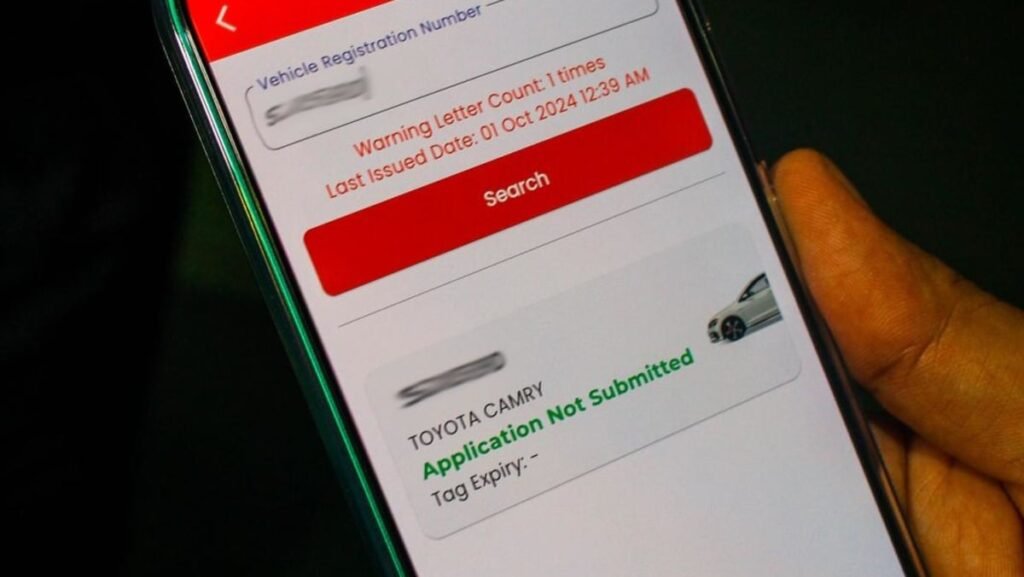The “Beat the Jam” mobile application reported that the estimated time for motorists to travel across both the Woodlands Causeway and Tuas Second Link was between 15 and 20 minutes, which is significantly below the average of 40 to 50 minutes based on data from a week ago. This suggests that there was lighter traffic and smoother travel conditions at the land crossings on that particular day.
A Home Ministry official mentioned that traffic volume at the Bangunan Sultan Iskandar Customs, Immigration and Quarantine complex linked to Woodlands Causeway was 20 percent lighter on a Tuesday morning. However, the official did not specify the basis of comparison, making it unclear whether the decrease in traffic was due to the VEP implementation in Malaysia. Transport minister Anthony Loke had announced in May that Malaysia would require all foreign-registered vehicles entering the country from Singapore by land to use vehicle entry permits (VEPs) from October 1.
The VEP implementation is aimed at tracking foreign vehicles entering or leaving Malaysia and ensuring that motorists settle any outstanding fines before they are allowed to leave. Failure to obtain a VEP could result in a fine of up to RM2,000 (US$425) or jail time of up to six months for foreign motor vehicles. Despite the VEP requirement, many drivers faced challenges in obtaining the necessary permits, leading the JPJ to announce that enforcement would be “executed in phases” starting with reminders and warnings from October 1.
The VEP implementation has faced some challenges, with many drivers experiencing difficulties in obtaining the necessary permits to enter Malaysia from Singapore. The JPJ announced that enforcement of the VEP requirement would be carried out in phases, starting with reminders and warnings, as many drivers were still not compliant with the new regulations. The VEP is a means for the Malaysian government to track foreign vehicles entering or leaving the country, ensuring that motorists settle any outstanding fines before crossing the border.
Despite the challenges faced in obtaining the VEP, traffic conditions at the Woodlands Causeway and Tuas Second Link were reported to be lighter, with motorists experiencing shorter travel times than the average of 40 to 50 minutes. The “Beat the Jam” mobile application provided estimates of 15 to 20 minutes for crossing the land crossings, indicating improved traffic flow on that particular day. The VEP implementation may have contributed to the lighter traffic conditions, but it is still too early to determine the full impact of the new regulations on traffic volume at the border crossings.












